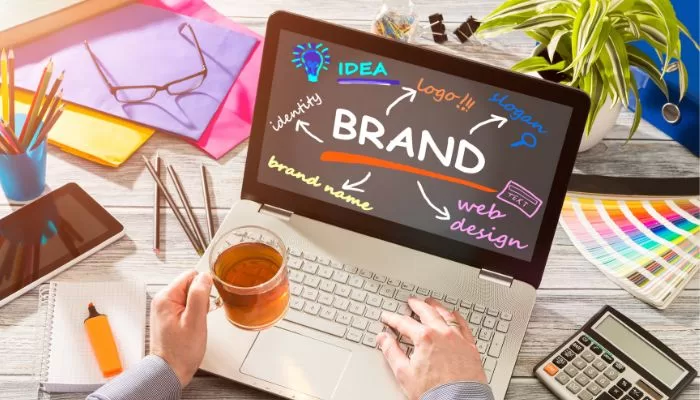How to Develop a Great Brand Identity

For your brand to thrive as a part of this competitive industrial landscape, the company needs to have developed an identity of its own, which the consumers can connect with on an emotional and relatable level.
This is easier said than done because business owners need to take into numerous factors, such as to create signature for the design of the brand, that are needed to be taken into account before developing a strong brand identity.
Identifying and accounting for these considerations can lead to many complexities in the overall design process, possibly leading to difficulties when allocating resources to developing your brand identity.
However, there are some incredibly effective ways you can implement to create an incredibly strong brand identity that considers all of the factors needed. Let us explore this in greater detail, highlighting different ways that can help you build your brand identity.
1. Understand who you are as a brand
Before getting to work on bolstering your brand’s design and development efforts, it is essential to ask yourself a couple of questions as a business owner.
The purpose of this is to determine who you are as a brand, establishing several elements which are going to be the foundation your brand will identify as, and some of the key components include:
- The company mission. The mission of your company is the ‘why’ of your company. It explains what your brand does and why it is necessary to the market.
- Brand values. These comprise the beliefs your brand will uphold and is essential to develop a unique brand identity that will motivate the public to invest in your product.
- Brand voice. To give any brand or company a separate identity, it is important to determine the tone they will use to communicate with their consumers, and this is done by giving your brand a voice.
2. Developing your Brand
Once you have finalized your stance and significance in the market as a brand, you should start working on the design for your company. The brand design includes many aspects of your company and products essential to developing a unique brand identity that can set your company apart.
The design for your company involves the usage of many tangible elements, and a lot of thought is needed to be put into them. This is because these elements strongly influence what the public perceives your brand as.
The company logo and designs implemented in social media marketing campaigns for your brand are just some of the components that will catch the public’s attention and mold their perceptions.
Choosing the Right Fonts
It may not seem like such a notable difference. Still, even the minor aspects of your company, such as the fonts you implement onto the brand and overall design structure, are vital to building your brand identity.
They are essential for bolstering the foundation for the design assets that will comprise your brand, so choosing the right font to accompany your brand is of the utmost importance.
This is also known as typography and has a noticeable impact on your brand. When choosing fonts, it is important to note the four main types:
- The different font styles in this category usually contain a ‘foot’ on each end of the alphabet used. This font provides more of a classical touch for your brand to appear traditional and trustworthy.
- Sans Serif. This is just like the Serif style, with the only exception being that sans serif does contain any ‘foot’ at each end of the letter. The edges are more smooth and sleek, giving the font a minimal touch.
- Script Typography. This type of typography consists of letters in a cursive design, making it seem like words have been typed using cursive writing, perfect for brands centered around feminine products.
- Display Fonts. They are specialized fonts, each of which has a unique style. Some might have a unique style, while others comprise word art and artistic elements. Due to their unique and artful design, they are best at creating an unforgettable brand identity.
3. Designing your Brand identity
After building the foundation your brand identity would work on, now comes the time to give life to your brand, working on features such as the logo and website design, to name a few.
The logo is the bread and butter of your brand. You need to work in conjunction with the designer to ensure that you both are on the same page and make regular updates to ensure that when they are in the process to create signature, it is done the way you envisioned to guarantee the best results.
Other than the signature, working in conjunction with your designer is essential to make sure that certain objectives related to logo design have been accomplished, such as:
- The end product is appealing and optimized
- It makes a lasting impact, attracting potential consumers
- The logo relates to the industry your business is based on
Start Working on Your Brand Identity Now
Either working on your brand’s identity from scratch or improving an already existing presence your company has on the market, there are just some ways to develop and design a strong brand identity.
Applying different elements of design to your brand, such as to create signature or to work to improve the logo style, can greatly impact your brand identity.















